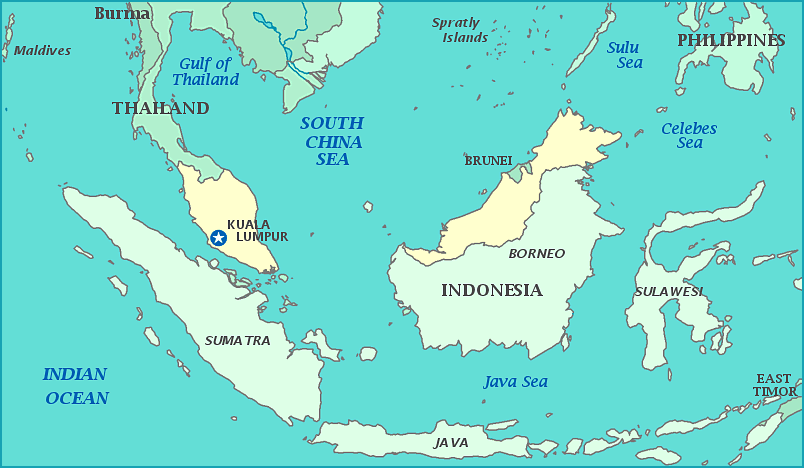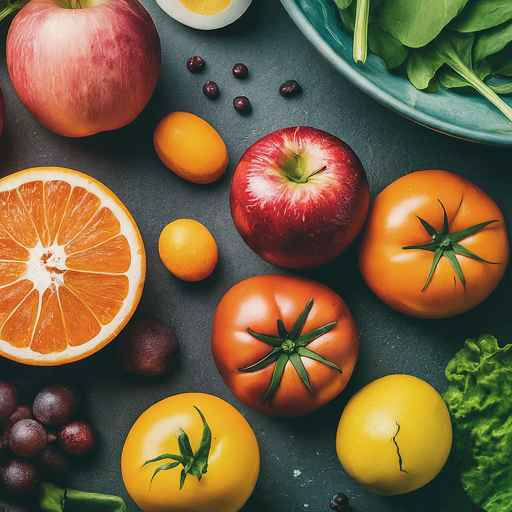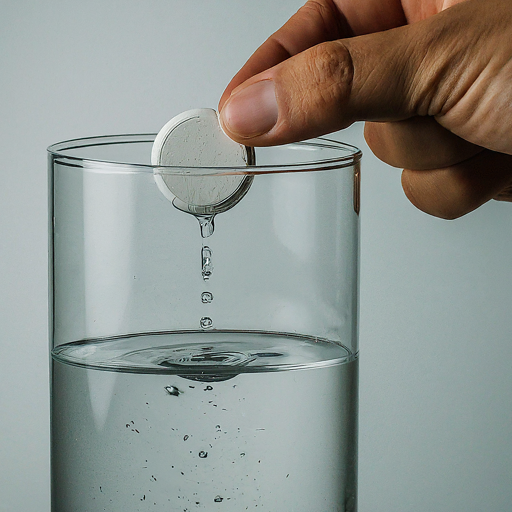When the blood circulates through the body, it exerts varying degrees of force on the walls of the arteries. This force, referred to as blood pressure, can easily become problematic. According to the American Heart Association, more than 50 million Americans have blood pressure that is too high (called hypertension). Because it is symptomless in its early stages, many individuals do not realize they have a potentially life-threatening disease. High blood pressure can damage the heart and blood vessels if left unattended. It can also lead to stroke, heart attack, kidney failure, and other serious ailments. A low-sodium, high-fiber diet will go a long way towards stabilizing blood pressure.
Causes of Hypertension
In some cases (about 10%) there is an underlying cause for the escalation of the blood pressure. Perhaps an artery has narrowed in the kidney, or maybe there is an adrenal gland disorder or a complication with pregnancy. Sometimes hypertension develops as a side effect of a particular drug. In most cases, however, there is no identifiable cause for hypertension. Essential hypertension, as this is referred to, accounts for 95% of all hypertension cases.
Blood pressure rises when the arterioles constrict, requiring the heart to beat more forcefully in order to pump blood through the narrowed arteries. High levels of adrenaline and other hormones can bring about this constriction of the arteries. Increased blood volume also occurs when the body retains excessive salt and fluids.
Blood pressure rises with age. It is considered a hereditary disease because it tends to run in families. Individuals with a family history of diabetes, obesity, and certain other disorders have an increase risk of developing the condition. Other contributions include smoking, excessive alcohol use and a sedentary lifestyle. Stress is also labeled as a cause.
Diet and Hypertension
Diet plays a key role in the prevention and treatment of hypertension. African-Americans have a genetic tendency to retain sodium. In these individuals, a restriction of salt beginning at an early age will help reduce the risk of developing hypertension. Labels on processed foods should be carefully checked as these foods tend to be high in sodium content. A high sodium level will alert to the fact that this particular food is to be avoided. Pickled foods should also be avoided if there is a problem with hypertension and herbs should be substituted for salt in cooking. Regular consumption of saturated fats is harmful to the body and should be avoided when dealing with high blood pressure. Cutting back on butter and margarine is beneficial as is shifting to low-fat cooking methods such as baking and broiling. Fried foods, the regular consumption of saturated fats and sugar-laden desserts are detrimental.
Heavy alcohol consumption should be avoided when dealing with high blood pressure.
Foods to Lower Hypertension
Fortunately, there are several food or nutrients that may help protect against high blood pressure. Fresh fruits and vegetables should be emphasized in a high blood pressure diet as they contain beneficial phytochemicals and antioxidants. Chives, leeks and onions contain allium compounds, an important phytochemical. Allium compounds have been found to help lower blood pressure. Garlic reduces blood clotting and lowers blood pressure as well.
Potassium helps maintain the body’s normal balance of salt and fluid. Varying amounts of potassium are found in most fruits and vegetables, lean meats, potatoes and legumes, and whole-grain products.
Whole grains such as brown rice, barley, and whole oats are a good source of magnesium. Magnesium has been found helpful in the management of high blood pressure. In fact, whole grains are a good source of B vitamins, Vitamin E, iron and fiber, as well as other valuable antioxidants. Care should be taken when purchasing foods marketed as “whole grain” as, many times, these foods are not genuine whole grain products. Look for the Whole Grain Stamp or for the word “whole” in the ingredient list.
An adequate calcium intake is important for the regulation of high blood pressure. It is especially effective in reducing the risk of toxemia in pregnancy. Calcium can be obtained by consuming low-fat milk products such as low-fat yogurt and cottage cheese. The diet should provide at least two to three servings of a low-fat milk product per day.
Other Lifestyle Changes for Regulating Blood Pressure
While a healthy diet is certainly instrumental in maintaining normal blood pressure, it should be combined with other lifestyle changes. One of the most important elements to couple with good eating habits is regular exercise. Whole body exercise, such as aerobics, lowers blood pressure by conditioning the heart to work more efficiently.
There should be no qualms about quitting smoking when it comes to lifestyle changes for regulating blood pressure. Nicotine is definitely harmful. Also, precaution should be exercised when using medication. If possible, seek out an herbalist to learn natural alternatives for treating health conditions. Work on getting rid of stress by spending time resting or relaxing. An over-busy schedule will be a setback to any benefits derived from a new, healthy diet.























